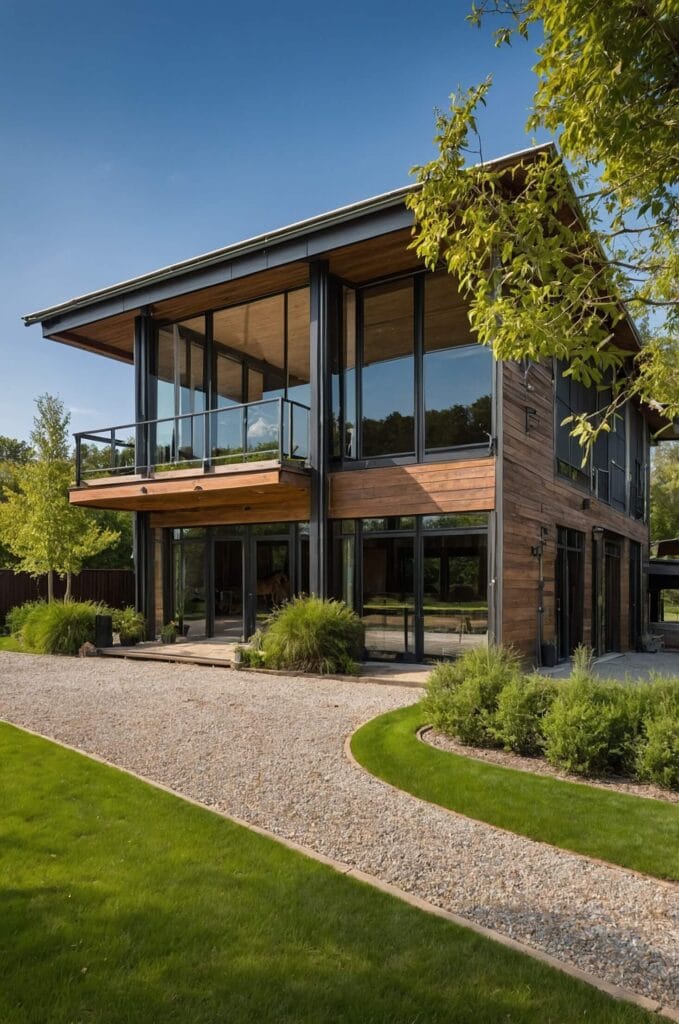

The parking grille is a solution that is becoming increasingly popular in both private and public spaces. It is not only aesthetically pleasing and functionalbut also ecologicalThis is because it preserves the natural permeability of the soil and reduces the urban heat island effect. However, in order for the grille pavement to last and perform its function, it is crucial to install them correctly. In this article, we will provide a detailed guide to the installation of parking grates RecRoadto help avoid mistakes and ensure the best results.
Every successful project starts with proper site preparation. Before you start the installation grilles, the substrate should be carefully assessed and the area to be hardened marked out.
The substructure is one of the most important elements that determines the durability and strength of a pavement made of parking gratings.
Once the site has been properly prepared, the installation of the parking grilles themselves can begin.
Once the grids are in place, they should be properly fill outto fulfil their function.
✔ Fill the grids with fertile soil and sow grass.
✔ Choose seeds that are resistant to trampling.
✔ Water intensively for the first few weeks to allow the grass to take root.
✔ You can use gravel, grit or fine ballast.
✔ Fill in the grids evenly and then thicken slightly.
✔ The aggregate is more resistant to heavy traffic.
Once the installation is complete, it is worth taking care of the final compaction and levelling surfaces.
✔ For the lawn — water and mow regularly.
✔ On gravel pavement — fill in any defects.
✔ Check the condition of the grilles every few months.
The correct installation of parking grilles ensures stability, durability and aesthetics of the pavement for many years. By properly preparing the substrate and precisely filling the grids, a robust and environmentally friendly solution can be created that works well on private properties as well as in public spaces.
Advantages of properly installed paving:
✅ Better water management, no puddles or flooding.
✅ Greater durability and resistance to heavy loads.
✅ Less surface degradation and need for repairs.
✅ Aesthetically pleasing appearance and possibility of preserving greenery.Thanks to products such as RecRoad installation of grilles is simple, fast and effectiveand the final surface — durable and functional.